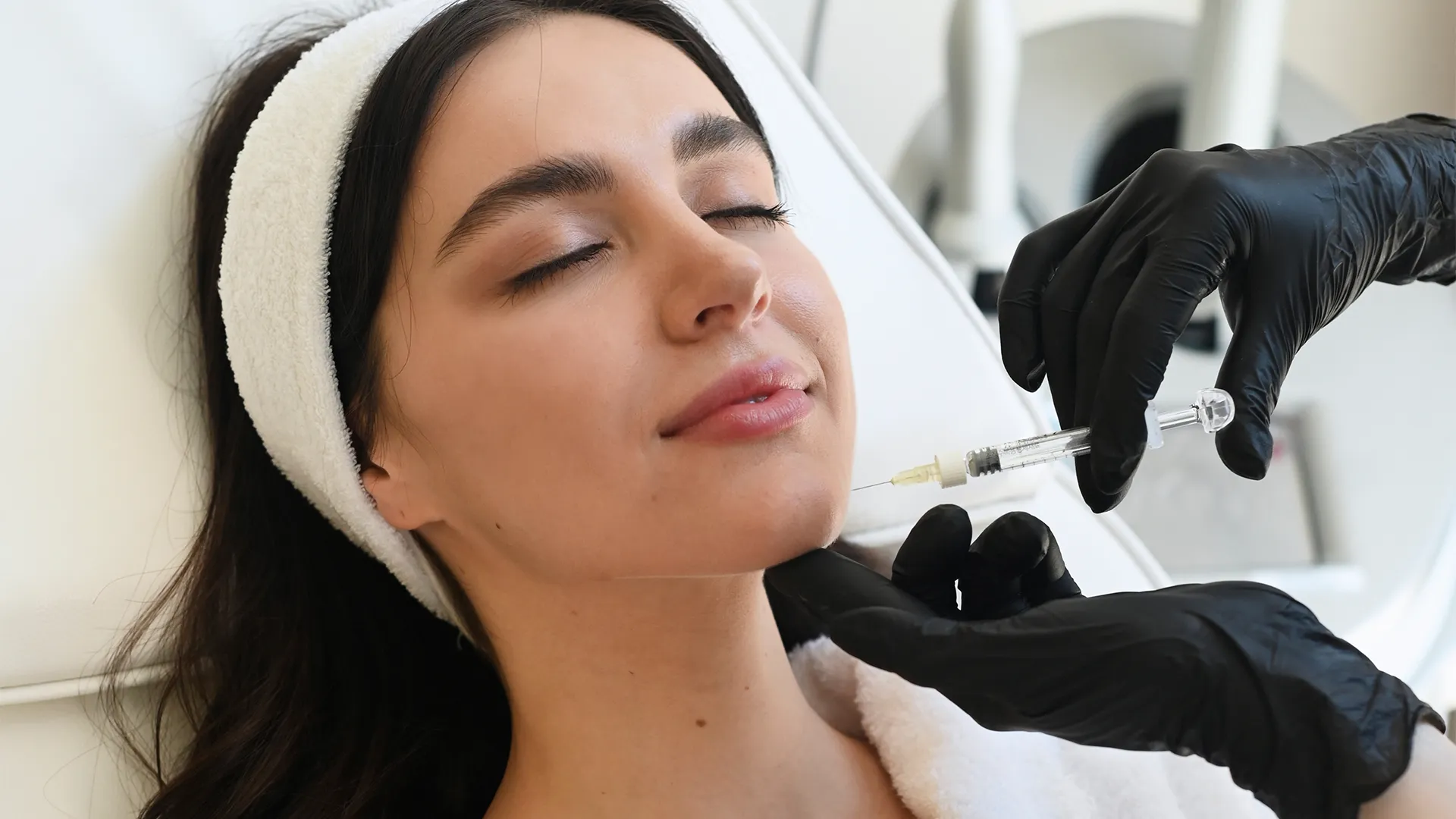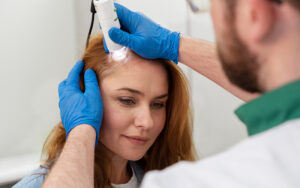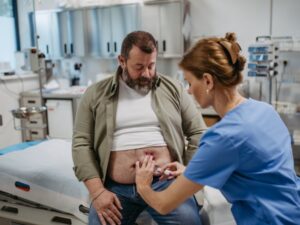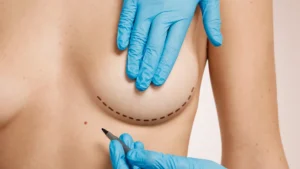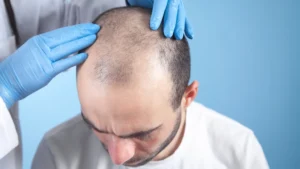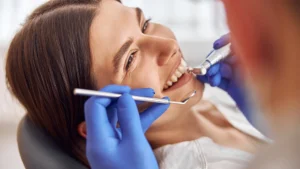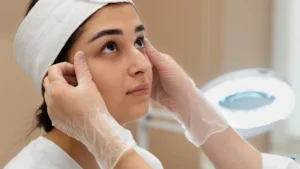Bio-Restorative Stem Cells is a medical treatment that uses stem cells to repair or replace damaged or diseased tissues or organs. Stem cells are unique cells that have the ability to divide and differentiate into specialized cells, such as blood cells, muscle cells, and nerve cells.
How Bio-Restorative Stem Cells Works
Bio-Restorative Stem Cells involves:
Harvesting Bio-Restorative Stem Cells:
Bio-Restorative Stem Cells can be harvested from bone marrow, blood, or other sources.
Processing Bio-Restorative Stem Cells:
Bio-Restorative Stem Cells may be processed to remove unwanted cells or to enhance their ability to repair or replace damaged tissues.
Administering stem cells:
Bio-Restorative Stem Cells can be injected into the body or transplanted into the affected area.
Regeneration:
The transplanted Bio-Restorative Stem Cells then divide and differentiate into specialized cells, helping to repair or replace the damaged tissues.
Conditions Treated with Bio-Restorative Stem Cells
Bio-Restorative Stem Cells is currently approved by the FDA for the treatment of certain blood disorders, such as leukemia and multiple myeloma. It is also being investigated as a potential treatment for a wide range of other conditions, including:
Heart disease, Joint pain, Autoimmune disorders, Neurological disorders, and Skin injuries.
Benefits and Risks of Bio-Restorative Stem Cells
Benefits:
Can repair or replace damaged tissues
May have the potential to treat a wide range of conditions
Can improve quality of life for patients
Risks:
Infection
Graft-versus-host disease (if stem cells are from a donor)
Long-term side effects are still being studied
Cost of Bio-Restorative Stem Cells
The cost of Bio-Restorative Stem Cells can vary depending on the source of the stem cells, the type of treatment, and the complexity of the procedure. It can range from a few thousand dollars to over $100,000.




